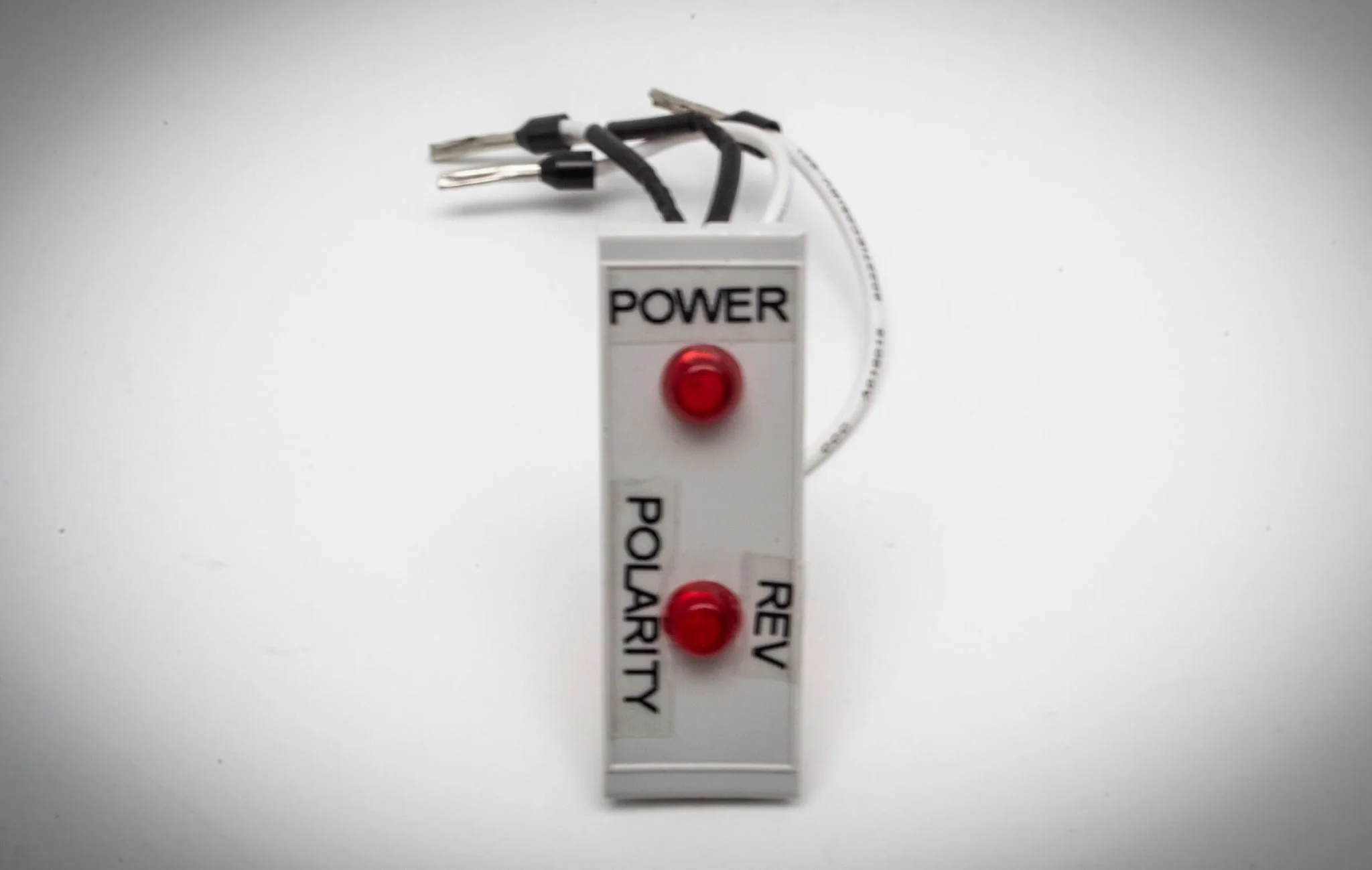Table of Contents
Send us a message

Reverse polarity in an electrical outlet occurs when the hot and neutral wires are connected to the wrong terminals at the outlet. This means that the electrical current is flowing in the opposite direction of what is intended, which can potentially cause electrical shock, damage to appliances or electronic devices, or even a fire hazard.
Why is reverse polarity an Issue?
Normally, electrical power flows from the power source through the hot wire and back to the source through the neutral wire. This flow of electricity is carefully regulated and balanced to ensure that everything is working as it should. But when the hot and neutral wires get switched, the flow of electricity gets all mixed up, like a bowl of spaghetti that’s been dropped on the floor.
Instead of flowing smoothly from the power source, through the hot wire, and back to the source through the neutral wire, the electricity now flows from the power source, through the neutral wire, and back to the source through the hot wire. This means that the electricity is flowing in the wrong direction, and that’s where the problems start.
Why Is Reverse Polarity Dangerous?
There are many reasons why reverse polarity can be dangerous. It can not only risk human life but can also affect your property, home, or office. These are the reasons reverse polarity is dangerous.
Damage Your Electrical Devices
First and foremost, reversed polarity can also damage your electrical devices. Because the flow of electricity is all mixed up, your devices may not be getting the right amount of power, which can cause them to overheat, malfunction, or even fail completely.
Risk of Electrical Shock
But that’s not all; there’s a risk of electrical shock. This happens because the metal parts of your electrical device, which are normally grounded through the neutral wire, are now carrying the electrical current from the hot wire. So, if you touch a metal part of your device while you’re grounded (say, by standing on a concrete floor), you could get zapped.
Can Cause Fire to Ignite
And if that weren’t bad enough, reversed polarity can also be a fire hazard. That’s because the electrical arcing and sparking that can result from the mixed-up flow of electricity can ignite flammable materials like paper, wood, or fabric.
Electrical Safety Certificates
24Hr Emergency Electricians
Our team of emergency response electricians are on call 24/7
Fair Price
Our pricing structure is transparent and affordable. We offering great value for money
How to Fix an Outlet with Reversed Polarity?
Fortunately, fixing an outlet with reversed polarity is a relatively simple process. Here is a step-by-step guide to help you fix your outlet:
- Turn off the Power – Before starting any electrical work, make sure to turn off the power to the outlet and the room it is in. Flip the relevant circuit breaker switch in your electrical panel or unplug any nearby appliances.
- Remove the Outlet Cover and Outlet – Use a screwdriver to remove the cover plate of the outlet and the screws that are holding the outlet in place. Carefully pull the outlet out of the wall and alleviate the screws that are keeping the wires in place.
- Remove the Wires – Take note of which wire is connected to which terminal on the outlet. Then, remove the black/red and white wires from the terminals on the outlet. If the wires are attached with screws, alleviate the screws and remove the wires. If the wires are pushed into the back of the outlet, use a small screwdriver or needle-nose pliers to release them.
- Switch the Wires – Swap the positions of the black/red and white wires, so that the black/red wire is connected to the brass/gold-coloured screw terminal, and the white wire is connected to the silver-coloured screw terminal. This will reverse the polarity so that it is correct.
- Secure the Wires – Make sure that the wires are properly secured and making good contact with the terminals. Tighten the screws that are keeping the wires in place or push the wires firmly into the back of the outlet.
- Put the Outlet Back in the Wall – Carefully push the outlet back into the wall and secure it with the screws you removed earlier. Put the cover plate back on and screw it into place.
- Turn the Power Back On – Go back to your electrical panel and turn the circuit breaker switch back on. You can also plug in any appliances you unplugged earlier.
- Test the Outlet – Use an outlet tester or a multimeter to test the outlet to make sure it is functioning properly. The tester should show that the wiring is correct and that the outlet is properly grounded.
That’s it! By following these steps, you should be able to fix an outlet with reversed polarity and ensure that your electrical system is functioning safely and properly.
How to Know If Something Is Reverse Polarity?
Fortunately, your home inspector or an electrician can typically inform you if an outlet has been wired with reverse polarity. The primary reason behind an outlet being wired incorrectly is unprofessional workmanship.
However, if you want to do it yourself, you can purchase an outlet tester from a local store or an online retailer such as Amazon for testing reverse polarity.
